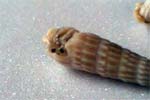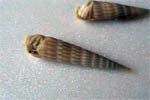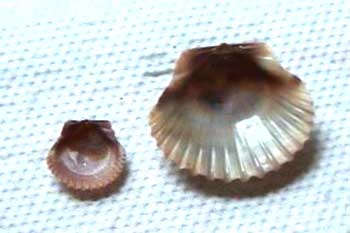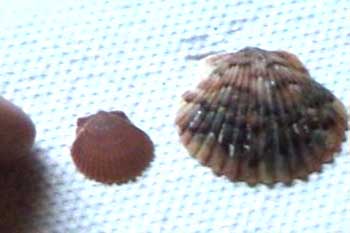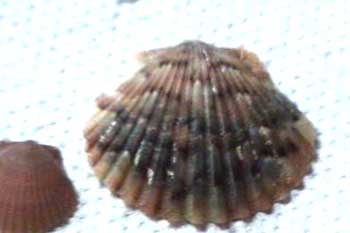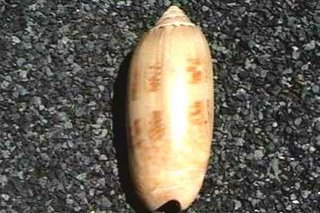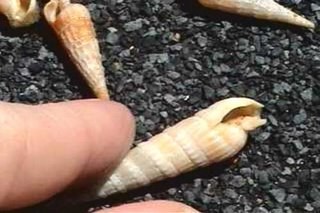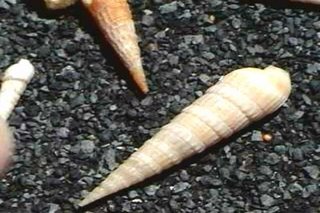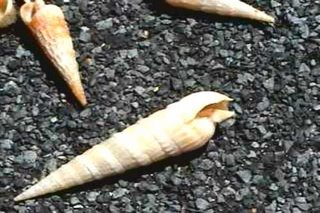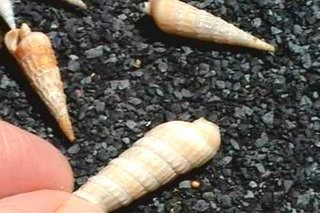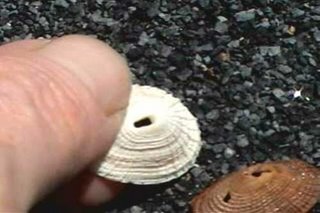Terri at si.northcarolina.edu wrote:I've reduced the size of the pictures to thumbnails, and by clicking on the image a new window will open and you can see image enlarged to 500 pixels.
The auger shells have hermit crabs in them, and they're not the original occupants. They moved in after the auger (which is a snail-like animal) died and left the shell behind.
Terri K. Hathaway
Marine Education Specialist
North Carolina Sea Grant
http://www.ncseagrant.org/
Here's one of the close up shots, where you can see its little eyes.
Another closeup of the Auger, click on image for 500 px image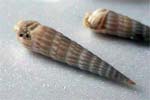
Click for 500 pixel image
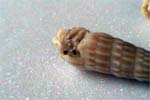 Click for 500 pixel image
Click for 500 pixel image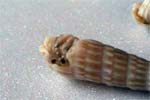 Click for 500 pixel image
Click for 500 pixel image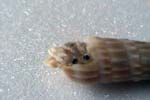 Click for 500 pixel image
Click for 500 pixel image Click for 500 pixel image
Click for 500 pixel image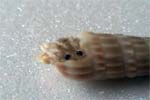 Click for 500 pixel image
Click for 500 pixel image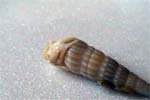 Click for 500 pixel image
Click for 500 pixel image
The part of the creature's soft tissue is exposed which it normally uses to move itself around, like an arm. However, when it senses potential predators are around, it withdraws within its shell and closes.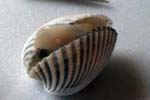 Click for 500 pixel image
Click for 500 pixel image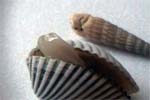 Click for 500 pixel image
Click for 500 pixel image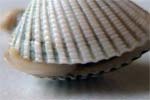 Click for 500 pixel image
Click for 500 pixel image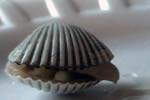 Click for 500 pixel image
Click for 500 pixel image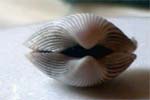 Click for 500 pixel image
Click for 500 pixel image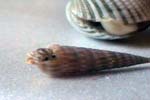 Click for 500 pixel image
Click for 500 pixel image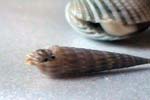 Click for 500 pixel image
Click for 500 pixel image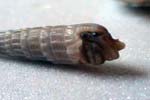 Click for 500 pixel image
Click for 500 pixel image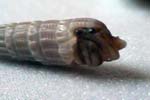 Click for 500 pixel image
Click for 500 pixel image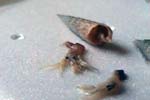 Click for 500 pixel image
Click for 500 pixel image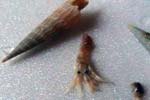 Click for 500 pixel image
Click for 500 pixel image
Interesting... this little guy has claws on its front appendages, *smile* though from the top, he reminds me of a tiny squid.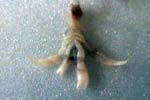 Click for 500 pixel image
Click for 500 pixel image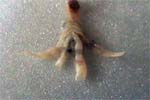 Click for 500 pixel image
Click for 500 pixel image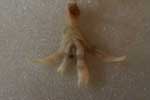 Click for 500 pixel image
Click for 500 pixel image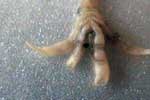 Click for 500 pixel image
Click for 500 pixel image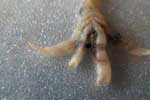 Click for 500 pixel image
Click for 500 pixel image Click for 500 pixel image
Click for 500 pixel image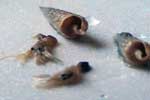 Click for 500 pixel image
Click for 500 pixel image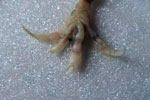
Earlier Related Posts: Atlantic Auger

